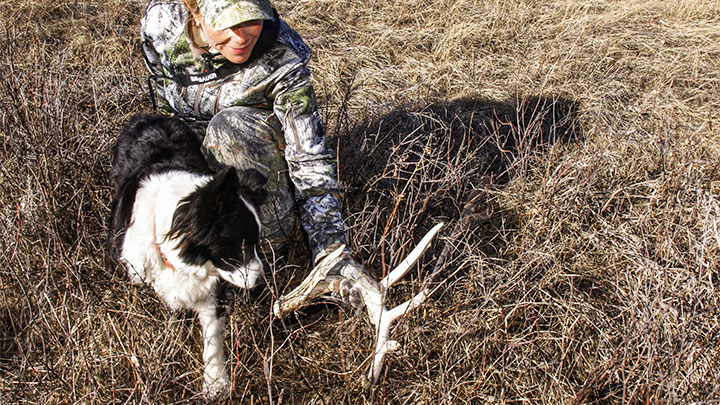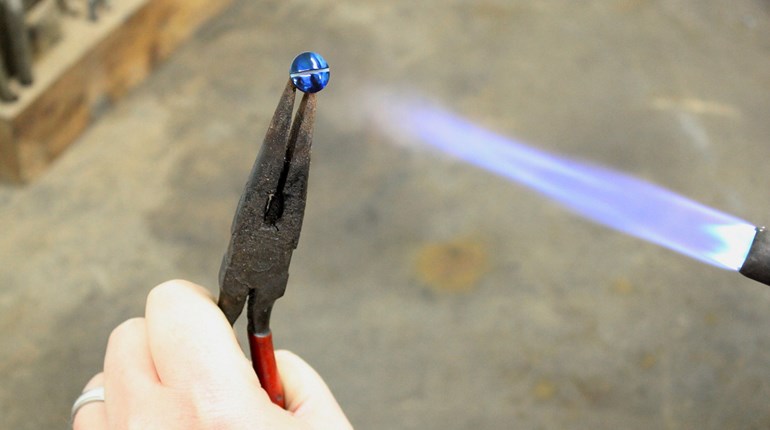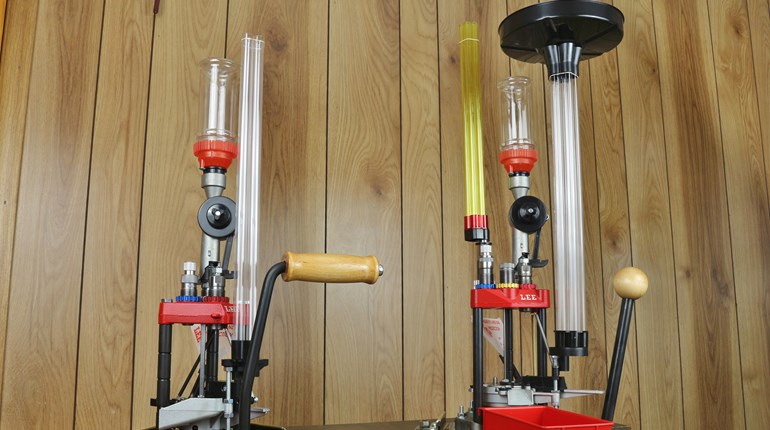
As an outdoor-seeking American hunter, escaping from the pandemic pandemonium is easy, especially during the spring. To get even more out of a maskless, fresh-air outing this season, expand your shed antler scavenger hunt mission with these undertakings.
Camera Oil Change
Whether your cameras store data on an SD card or send you images by the dozens through the miracle of cellular wizardry, like Moultrie Mobile units, they require maintenance. Stock up on long-lasting AA batteries and make sure you have enough to replace the power in all your units as you make your way through a property in search of head bone.

The same maintenance plan should include SD cards. If cameras don’t send you images, take along a handful of fresh SD cards to swap as you swap batteries. Have a pen handy to note the area the card was monitoring to make the jumble of plastic readily identifiable when you get home.
Lastly, make sure the camera is placed in a good location and set to a spring and summer pattern capture. Autumn and winter travel routines may differ slightly—and this next move leads to assignment number two.
Survey the Herd
As spring blossoms, it provides you one of the best opportunities to survey the herd on a hunting property. Autumn deer run unrestrained with the randomness of the rut. Winter deer shift around to find the highest-quality nutrition. But by spring and especially into summer, deer settle into a summer pattern that rarely varies widely. This predictability gives you the opportunity to capture a solid view of the assorted family groups living on your property via trail cameras you adjust during shed antler hunts.
As bucks assemble on the lushest nutrition on the parcel, you also can easily begin to identify and even name the main players. Hopefully, you’ll be able to label one as “Buckzilla.” But even if you don’t have a monster on the property, you’ll quickly be able to recognize individuals with the help of your trail-camera confirmation.
Add the numbers together from the various hangout locations on a property, and soon you’ll see the big picture of deer density. An educated view of how many deer are living on your hunting property paves the way to your next mission as you scour the landscape for jettisoned, antlered jewels.
Homeland Habitat Inventory
As you begin to acquire a better overview of how many deer you’re housing, a bit of remodeling might be in order. There’s no better time to get an uncluttered view of a property than in the emptiness immediately before the spring bloom. Trees and shrubbery are void of leaves. Pounded deer trails stand out on the forest floor like those muddy paw prints on your cream-colored family room carpet. Small openings offer a glimmer of the food plot they could produce with a bit of clearing as they stand out in the leafless environment.

Your surveying and firsthand observations may also reveal deer in seasonal resettlement. Animals could be moving from your property to amass on a neighboring property. This may be due to a missing habitat component on your side of the fence. Deer may adore your property for its lush turnip patch or its characteristic coulees that provide winter cover. Nevertheless, if the homeland has one or more of a needed habitat element missing, it could mean a transient herd now and during the hazardous hunting season. You will likely also pick up fewer shed antlers if a major habitat factor is absent.
Use a hunting app to mark locations for possible new food plots, hunt areas and even for sanctuary designation. You may want to consider the possibility of planting escape habitat, like dense stands of reeds, sorghum or even tall-grass prairie restoration.
Bedroom Inspection
Most avid whitetail hunters follow a rule: never invade the bedroom. Shed antler season is the one time you can break the rule. Why? First, any whitetails you disturb in your bedroom break-in will have months to forget about being ousted. Whitetails get bumped from cover regardless whether you make an area off-limits. Coyotes, mountain lions, roaming dogs, farmers, trespassers and any number of other wanderers scare deer from refuges 365 days a year.
Second, you will likely find shed antlers lying about in the beds and on the trails leading to and from bedroom cover. Whitetails bed longer in the winter months to conserve energy, so it just makes sense a few antlers will drop next to the mattress.

Third, you’ll glean lots of evidence on deer behavior and preferences by snooping in bedroom cover. Well-used trails, scrapes, fresh rubs from the prior rut and other sign all give you clues on what deer are doing "behind locked doors."
As you put together the clues, remember they could pave the way to where you may want to hang a stand in the hallways leading to bedding cover.
Stand Service
You’ve tromped around your property, hopefully with some stealth combined with antler-finding luck. That walkabout likely opened your eyes on possible new stand sites. Whether you plan on resituating a stand elsewhere or adding another metal platform to a willing oak, shed antler hunting outings offer an ideal time to review ambush settings.
Taking an hour break to move a stand to a different trail junction saves you precious time later in the summer and next fall. You know summer honey-do lists and family commitments eat up hours. Plus, nobody wants to miss an hour of hunting to move stands in the fall. Get it done early as you spend springtime shed hunting your tract of hunting heaven.

In the process, assess the condition of any stands that have a permanent home in the outdoors. Sun, moisture, squirrels and other Mother Nature ravagers can deteriorate straps and rust bolts to the point of making any stand dangerous. Keep some ratchet straps and repair items handy in your backpack, along with your safety harness for skyscraper repairs.
Those chores, along with the quest to find Buckzilla’s past head gear, complement each other with a goal of success in the coming hunting season. The fresh air certainly re-energizes that at-home, lockdown atmosphere as well.



































